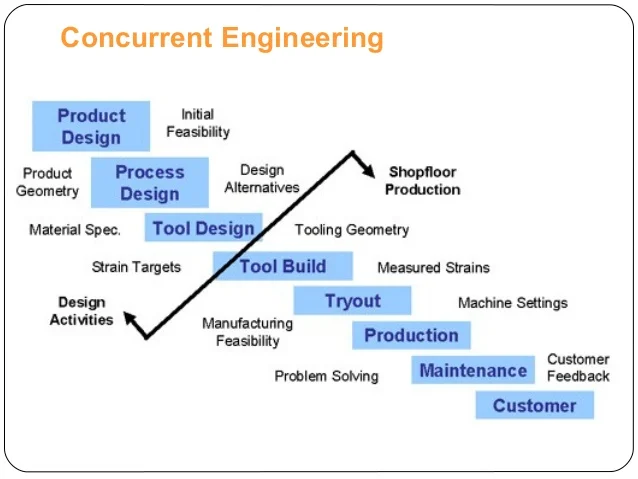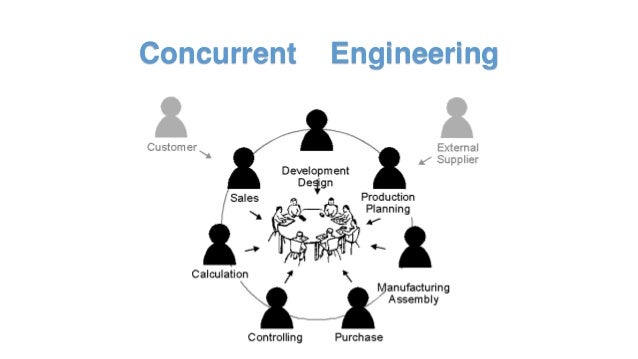What Is Concurrent Engineering
Posted : admin On 22.12.2019
What Is Concurrent Engineering Definition
Sequential Engineering Sequential engineering is a type of engineering production method where a project is completed in a linear format. In sequential engineering, each step is worked on in a certain order. All attention is put toward completing the first step of the project until it is complete. Once the first step is complete, the engineering team will then move on to the second step of the project.

Sequential engineering is sometimes referred to as 'throw-it-over-the-wall' engineering, because of the linear order in which a project is completed. Sequential Engineering Product Development A typical flow chart of a sequential engineering project would follow a series of certain steps. First, the product would be defined and the subsequent steps would be outlined. Then, the design of the product would take place, and after the design was complete, the process of verification would occur.
After verification, a prototype would be created. Only after the prototype is created would a redesign occur. The product would then be re-verified and re-prototyped before being sent for testing, manufacturing and production.

What Is Concurrent Engineering In Operations Management
Brought to you by Advantages and Disadvantages of Sequential Engineering There are advantages to a sequential engineering cycle. First, it is a simple, well-defined method and allows everyone to remain on the same page. Second, it is an enforced-discipline approach. However, there are several disadvantages as well. For example, there is always some uncertainty at the beginning of a project. Changes that occur later in the project are difficult and oftentimes expensive.
One major disadvantage is that a customer does not see a working product until the end, and if any changes need to be made at that point it can be costly and time-consuming. Concurrent Engineering Concurrent engineering is a different approach to product development within engineering and is the preferred approach. During a concurrent engineering production cycle, several teams work on different parts of the design at the same time. Flaws identifiable only in a later step using sequential engineering can be identified earlier in the process, saving both time and money.